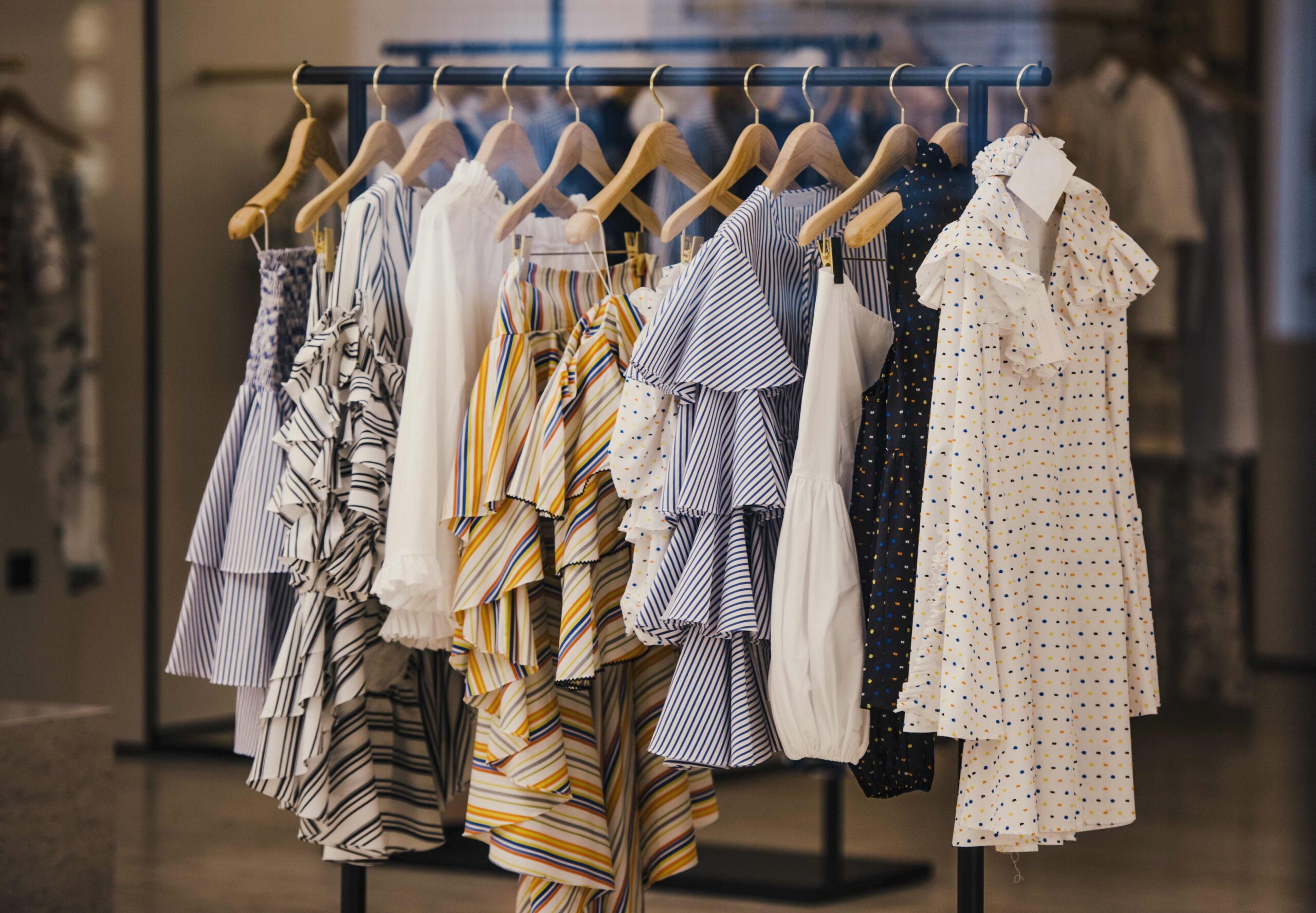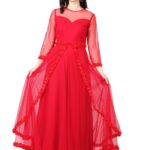
Fashion is an ever-evolving industry, with trends that come and go in the blink of an eye. Boutique stores, which are smaller and more specialized than their big box store counterparts, are especially vulnerable to the ebb and flow of fashion trends. However, with careful planning and adaptation, boutique stores can not only survive but thrive in a world where fashion trends change constantly. Visit our store on https://www.impulseboutique.com.au/ to explore the impact of fashion trends.
Impact of Fashion Trends on Boutique Stores:
The impact of fashion trends on boutique stores can be significant. A trend that takes the world by storm can quickly become a mainstay in big box stores, leaving boutique stores struggling to differentiate themselves.
One way that boutique stores are affected by fashion trends is through inventory management. If a trend is expected to be short-lived, boutique stores may be hesitant to invest too heavily in it, for fear of being left with unsellable inventory. On the other hand, if a trend is expected to have staying power, boutique stores may choose to invest more heavily in it, in order to capitalize on the demand.
Another way that fashion trends impact boutique stores is through customer demand. If a trend is particularly popular, customers may be more likely to seek out stores that specialize in that type of fashion.
Adapting to Fashion Trends:
In order to thrive in a world where fashion trends change constantly, boutique stores need to be adaptable. This means staying on top of the latest trends and being able to pivot quickly to capitalize on them. Here are a few strategies that boutique stores can use to adapt to fashion trends:
- Stay informed: Boutique stores need to stay informed about the latest trends in the fashion industry. This means attending trade shows, reading fashion blogs and magazines, and keeping up with social media influencers.
- Stock a variety of products: While it’s important to stay on top of the latest trends, boutique stores also need to have a variety of products that appeal to a broad range of customers. This means stocking classic pieces as well as trendy ones, and offering a range of sizes and styles.
- Offer personalized service: One of the advantages of boutique stores over big box stores is their ability to offer personalized service. Boutique stores should take advantage of this by offering personalized styling advice and tailoring services.
- Embrace e-commerce: While brick-and-mortar stores are still important for boutique stores, e-commerce can offer a way to reach customers who may not live in the area. By offering an online store, boutique stores can expand their customer base and stay competitive.





